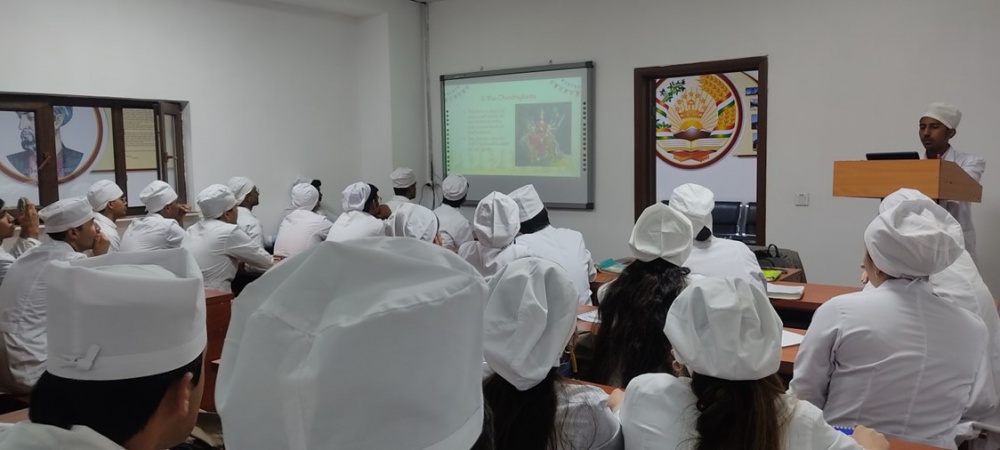NAVRATRI AND VIJAYDASHAMI
At the department of propaedeutics of children diseases of SEI «ATSMU» 11.11.23 year an open lesson was held on the topic of «Navratri and Vijaydashami» with the participation of teachers of the department and students of the 10th group of the 2nd year of bachelors (teacher – Kasymova P.V). Presentation was prepared by students of group 10th: Sumit Bansal.
INTRODUCTION
Navratri is one of the most important festivals in the Hindu calendar. It's celebrated all over the world, typically falling between September and October during the month of Ashvin and lasts for nine days. Nav means nine and Ratri means nights.
• Navratri and Vijayadashami are two important Hindu festival celebrated in India and other part of the world.
• These festival hold great significance in Hindu culture and celebrated with immense joy and enthusiasm.
• Navratri also known as the “Nine Nights” is a festival dedicated to the worship of the Hindu goddess Durga.
• On the tenth day of Navratri is celebrated as Vijayadashami and Dussehra.
• It commemorates the victory of lord Rama over the demon king Ravana, symbolizing the triumph of good over evil.
Story behind the celebration of Navratri
• According to the Hindu mythology, there was a demon king named Mahishasura who had obtained a boon from Lord Brahma, which made him invincible against all male beings. Filled with arrogance and power, Mahishasura started wreaking havoc on earth and the heavens.
• Unable to defeat him, the god sought help from the divine trinity of Lord Brahma, Lord Vishnu and Lord Shiva. They combined their powers and created a divine feminine energy known as Durga. Each god contributed their weapons and powers to form this powerful goddess.
• Goddess Durga battled Mahishasura for nine nights and ten days, ultimately slaying the demon on the tenth day. So this victory of good over evil is celebrated as Navratri.
9 DAYS OF NAVRATRI
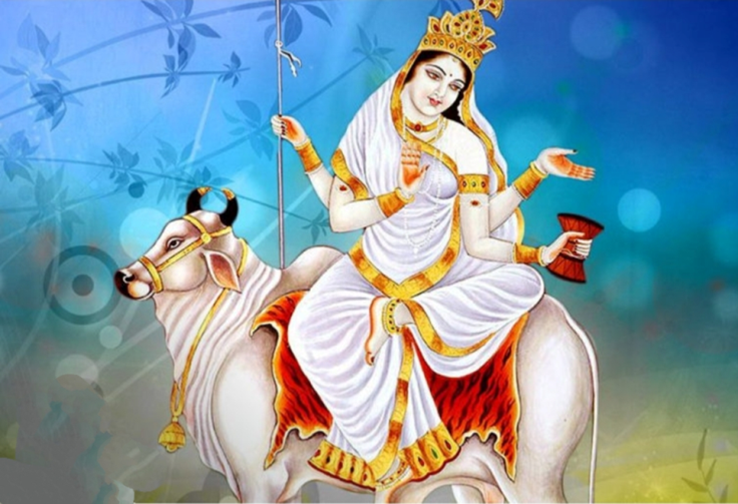 1. Maa Shailputri
1. Maa Shailputri
• She is the first form of Durga and is depicted as a young girl holding a trident.
• She symbolizes the power of nature and associated with the mountains.
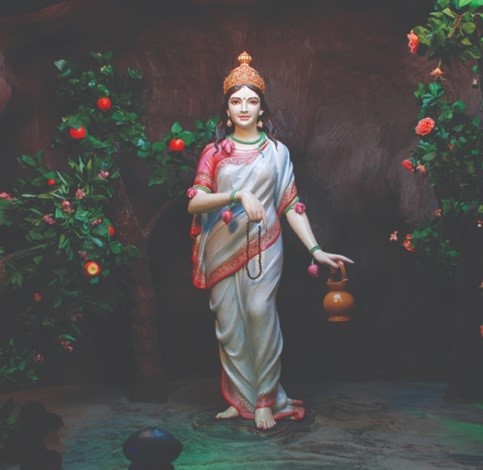 2. Maa Brahmacharini
2. Maa Brahmacharini
• This form represents the unmarried form of Durga.
• She symbolizes devotion, penance and spirituality.
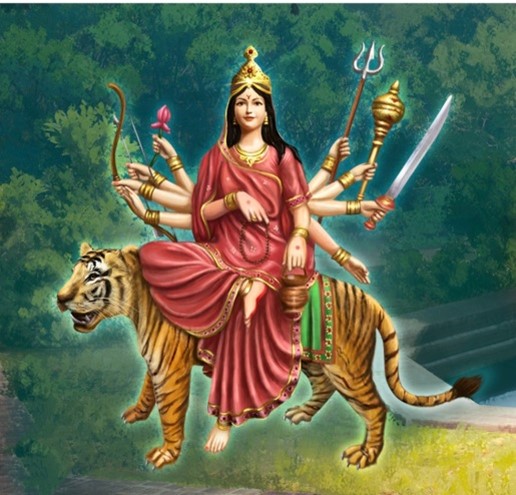
3. Maa Chandraghanta
• This form is depicted with a half-moon on her forehead and a bell-shaped mark on her forehead.
• She presents bravery and is believed to ward off evil spirits. 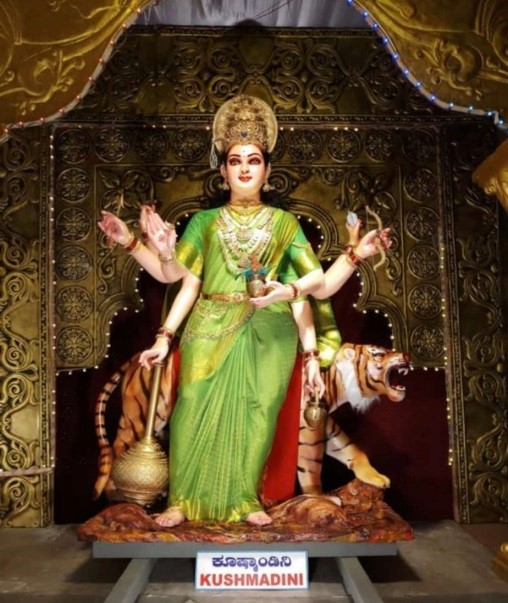
4. Maa Kushmanda
• This form is associated with the creation of the universe.
• She is believed to reside in the core of the sun, providing energy to the world.
5. Maa Skandmata
• This form is worshiped as the mother of lord Skand or Kartikeya. 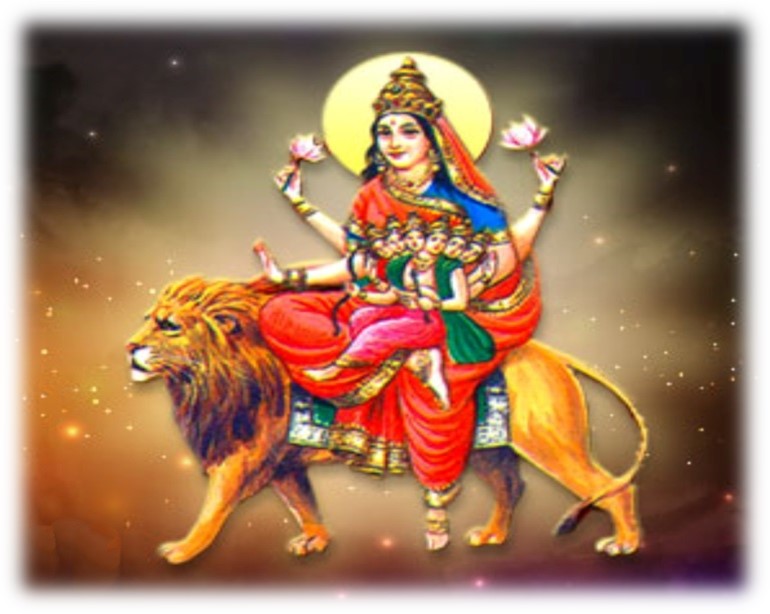
• She represents motherly love and protection.
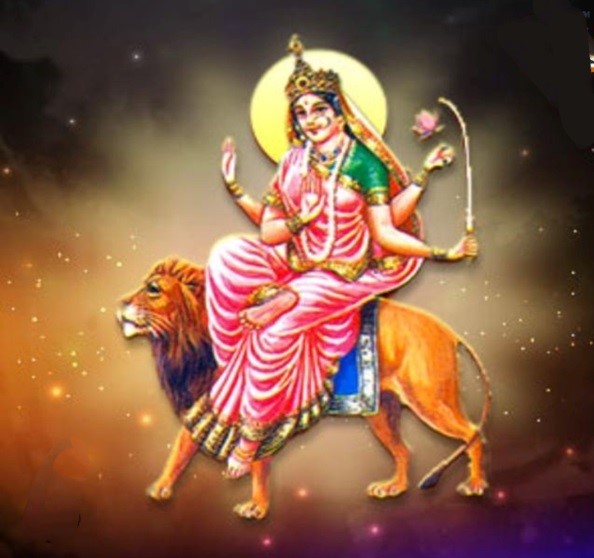 6. Maa Katyayani
6. Maa Katyayani
• Тhis form is associated with the legend of sage Katyayana who worshipped Durga to be born as his daughter.
• She is depicted as having four arms and riding a lion, symbolizing courage.
7. Maa Kalaratri 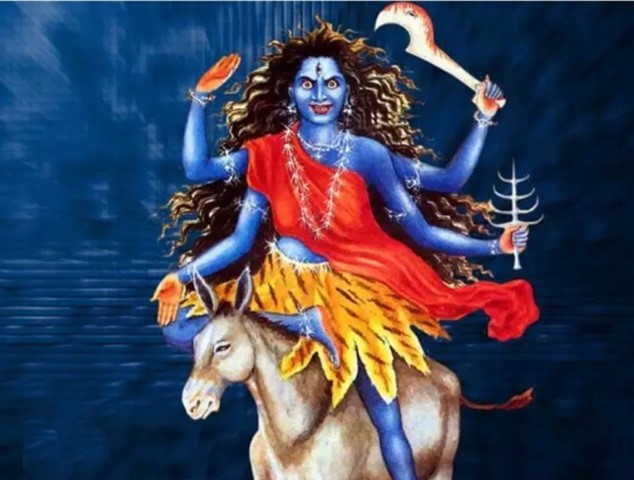
• This form represents the dark and fierce aspect of Durga.
• She is depicted as having a dark complexion, dishevelled hair and a necklace made of human skulls.
• She destroys ignorance and remove darkness.
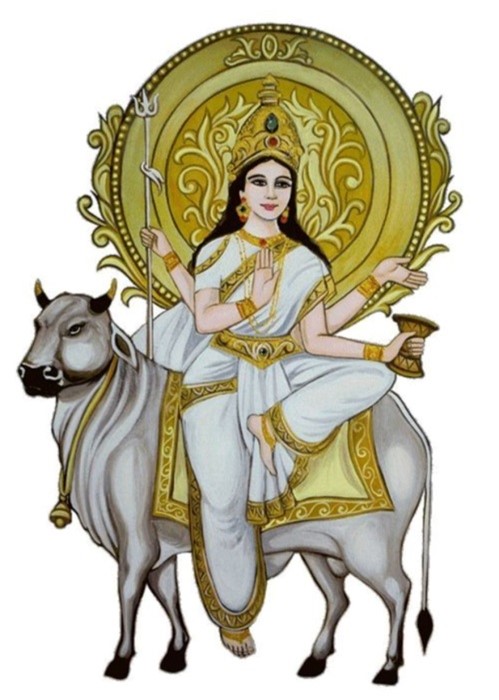
8. Maa Mahagauri
• This form represents purity and tranquillity.
• She is depicted as having four arms and is believed to have a fair complexion after undergoing severe penance.
9. Maa Siddhidatri
• This form represents the giver of supernatural powers and blessings.
• She is worshipped for spiritual enlightenment and fulfilment of desires.
• Each day of Navratri is dedicated to a different form of Durga, with each form symbolizing a different aspect of her power.
• Devotee’s offers prayers, perform rituals and seek blessings from the goddess during these nine days.
• The festival is famous for its traditional dance form called Garba and Dandiya Raas.
• People dress up in vibrant traditional attire and gather in large group to perform thee dances. These dances are performed throughout the night accompanied by music and singing.
• The tenth day of Navratri, known as Vijayadashami.
• The story behind Vijayadashami is associated with the epic Ramayana. lord Rama along with his brother Lakshmana fought against the demon king Ravana to rescue Sita.
• Lord Rama finally defeated Ravana on the tenth day, which is celebrated as Vijayadashami.
• Effigies of Ravana are burnt in various parts of India to mark this victory.
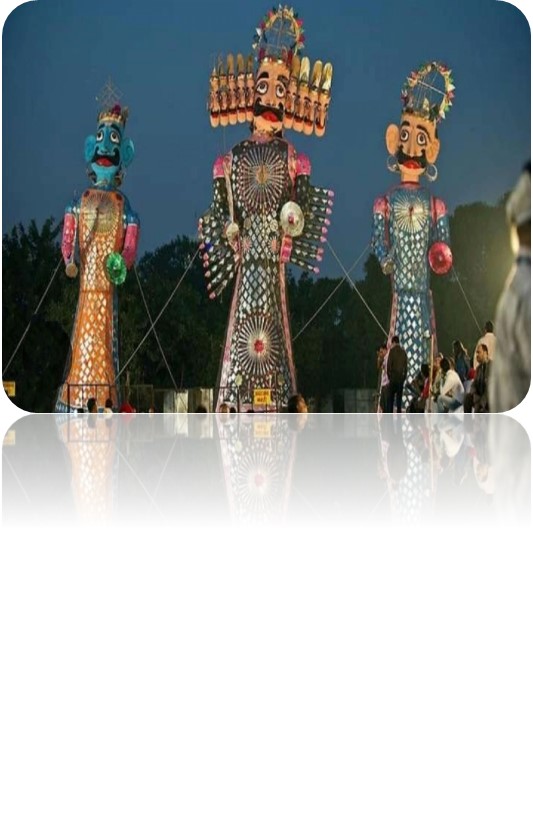
Department of propaedeutics of children diseases

